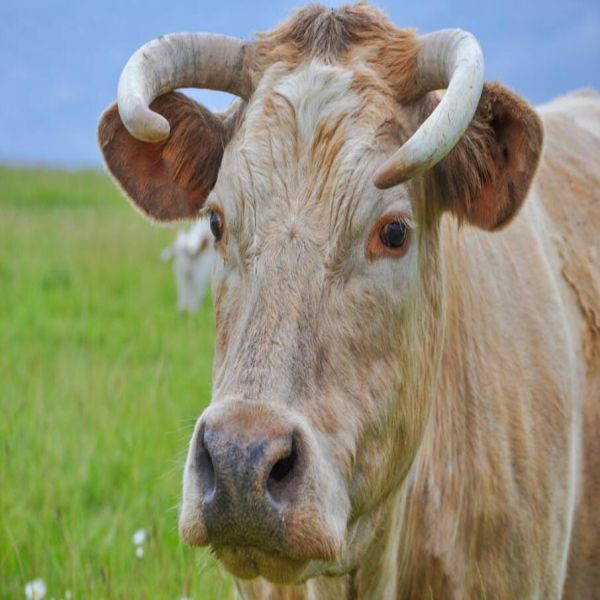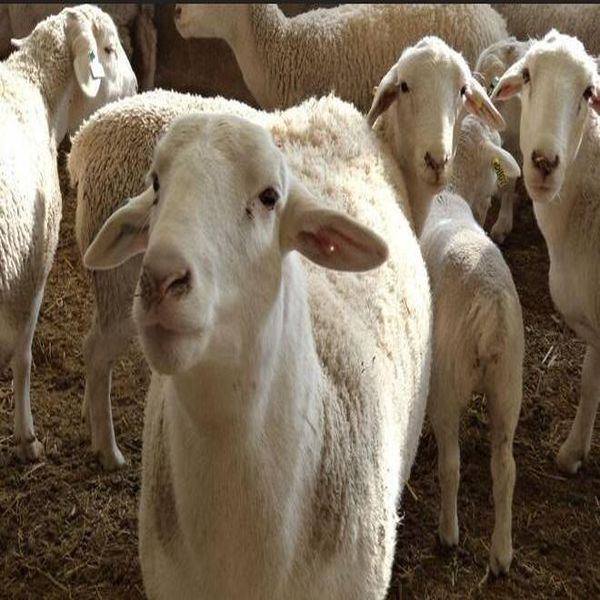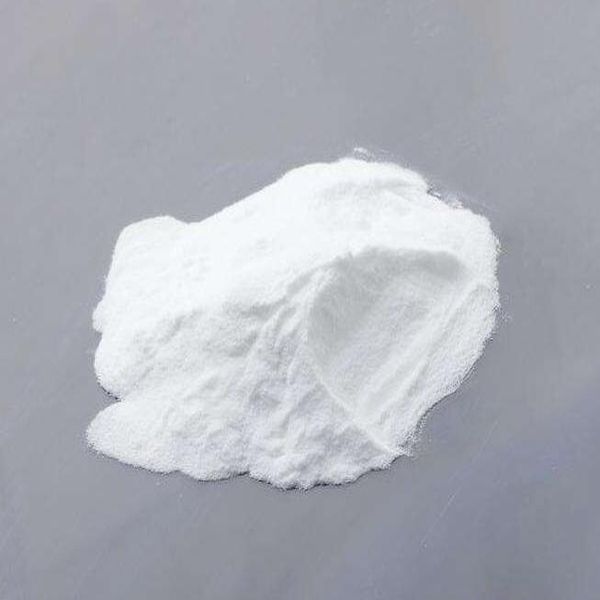Monensin, also known as monensin or rumen, is a feed additive that is widely used in ruminants. It was originally a polyether antibiotic produced by Streptomyces. It has the control of the proportion of volatile fatty acids in the rumen and reduces the rumen. Protein degradation, reduce feed dry matter consumption, improve nutrient utilization and increase animal energy utilization and other functions. Monensin can regulate the rumen microflora, reduce the number of Gram-positive bacteria and protozoa, inhibit the activity of lactic acid-producing bacteria, ammonia-producing bacteria and gas-producing bacteria, and improve the activity of lactic acid-utilizing bacteria.
The important significance of monensin in ruminant applications:
(1) Beef cattle
The main role in beef cattle feeding is to improve the efficiency of feed utilization, which can not only reduce the degradation of rumen protein, increase the amount of rumen protein, but also increase the number of amino acids reaching the stomach, reduce the entry of bacterial nitrogen into the stomach, and also affect Carbohydrate metabolism inhibits the production of acetic acid in the rumen, increases the proportion of propionic acid, and ensures more effective energy for beef cattle.
Jiao Pinglin and others reported that adding 30 mg/kg and 40 mg/kg monensin to the steer diet can increase daily weight gain by 6.8% and 11.1%, respectively, and feed conversion rates were 8.6% and 10.7%. In other experiments, adding 100-360 mg/d monensin can increase the daily gain of fattening cattle by 10%~22.37%. There are also some experiments that do not show an improvement in production performance or the effect is not obvious, but the feed conversion rate has improved. The use of monensin does not affect the carcass quality, but the carcass level has improved. Purvis et al reported that adding 200 mg/d cephalosporin to the diet can increase the estrous rate and conception rate of first-cow cows, but the final pregnancy rate remains unchanged. This may be related to monensin changing the release of LH (Luteinizing Hormone), the specific principle needs further study.
(2) Cow
Australia, Mexico, Brazil and other countries have previously approved the use of ionophores in the feeding of lactating cattle. The US Food and Drug Administration also approved monensin in October 2004 as legal, but monensin is It has not been widely used in dairy production in China. Studies have shown that the use of monensin for lactating and dry milking cows can increase milk production to varying degrees. Teng Yun and others reported that adding 20 mg/kg monensin to the diet can increase milk yield by 8.32% and relieve heat stress.
The use of monensin in early lactating cows can reduce body weight loss and prevent and alleviate the occurrence of ketosis. Grings et al. added monensin to the diet of dry cows based on ammoniated wheat straw, which increased body weight gain and feed conversion rate during this period. Shi Qinghe et al. added 30 mg/kg of monensin to the bovine concentrate supplement in the experimental group, and found that dairy cows produced 0.9 kg per head per day; the milk fat rate increased by 0.4 percentage points; the milk protein rate had no difference; the daily The milk fat production of the first cow increased by 120 g, and the milk protein production decreased by 3 g; the number of milk somatic cells did not change significantly; the daily income of each cow was 1.7 yuan.
(3) Sheep
Experimental studies have shown that the ration of monensin in house-fed sheep increased daily weight gain by about 35% compared with control sheep, and the feed conversion rate increased by 27%. Growing goats were fed monensin, the daily weight gain increased by 16% to 32% compared with the control sheep, and the feed conversion rate increased by 13% to 19%. The amount of monensin added is generally 25 mg to 30 mg per kg of dry matter in the diet, and it is evenly mixed in the feed. The initial feeding amount can be lower and gradually increased later. Brown et al reported that the use of monensin in dairy goats does not affect milk production, but can increase milk protein production.
Post time: Jun-23-2020


